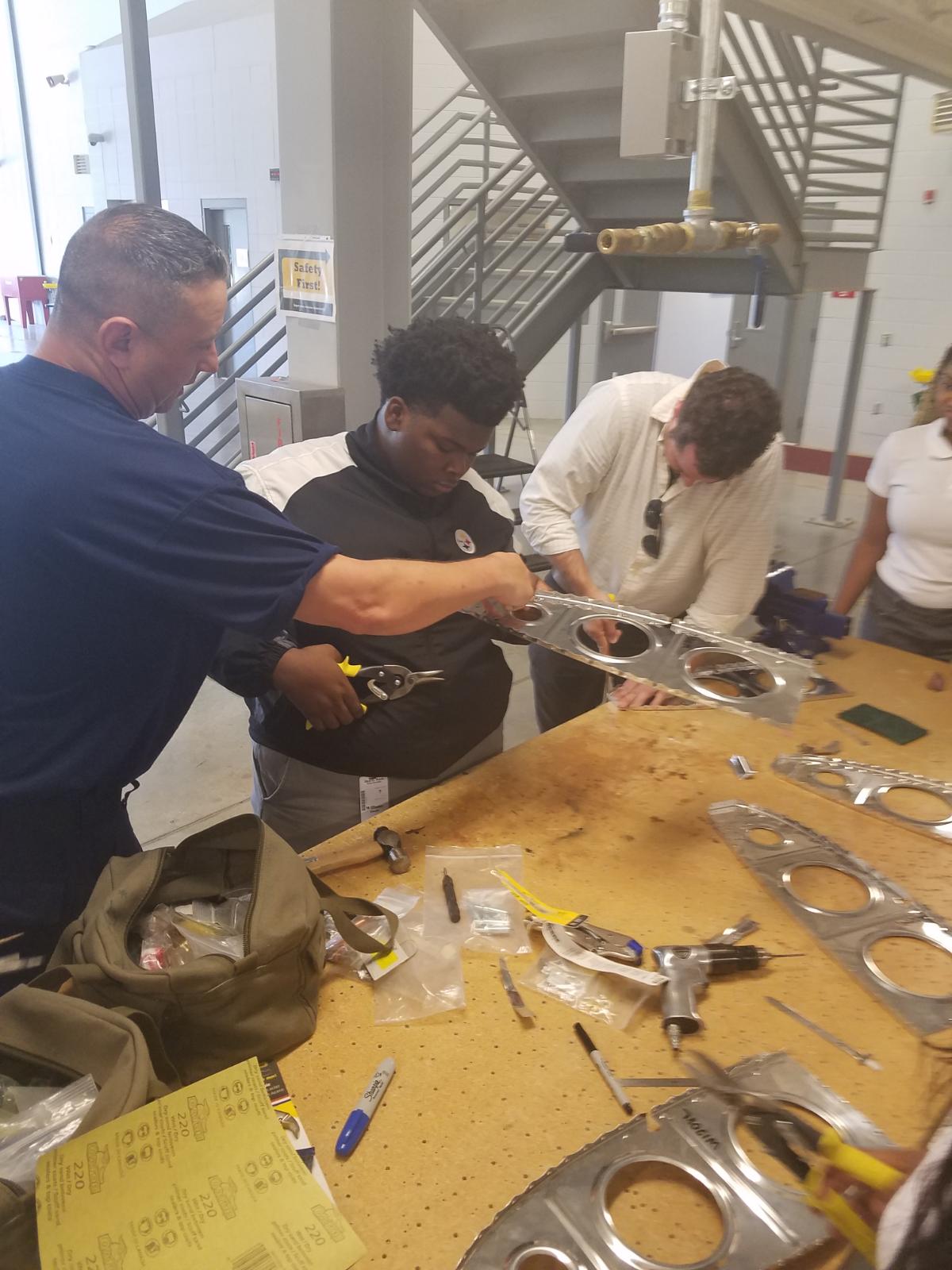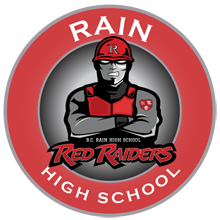Signature Academy of Aviation and Aerospace
Aviation Technology
This pathway prepares students to take the Federal Aviation Administration written, oral, and practical examinations required for certification as an aviation maintenance technician with an airframe endorsement. Students earn credit through the dual-enrollment courses offered on our campus with Coastal Community College's Aviation Center. The courses are beneficial for students planning to earn an Associate in Applied Science Degree in Airframe Technology. This is a career program designed for students to go directly into the labor market upon completion.
Course Sequence
10th Grade: Technical Prep
This course engages students who are curious about aviation and aerospace careers.
11th Grade: Basic Electricity
This course builds on the foundation of Course 1 and engages students in applying the design process, using tools to collect and analyze data, exploring a deeper level of the science of aviation and discovering how quality control systems work in the aviation field. Students will work collaboratively in teams
12th Grade: Aircraft Sheet Metal
Aircraft Sheet Metal
Aviation Manufacturing
The Transportation, Distribution, and Logistics cluster learning environment utilizes a variety of physical space to stimulate development of effective cognitive and psychomotor skills. Students experience a wide range of hands-on activities based on authentic representations of expectations found in the workplace. Theory and concepts are taught in proportion to the need for strong application opportunities with emphasis on timely learning experiences that facilitate the transition to skills attainment. Safety, proper tool use, and adherence to procedures are integral components for all student learning experiences. Students in the CTE lab actually build a FAA certified plane.








